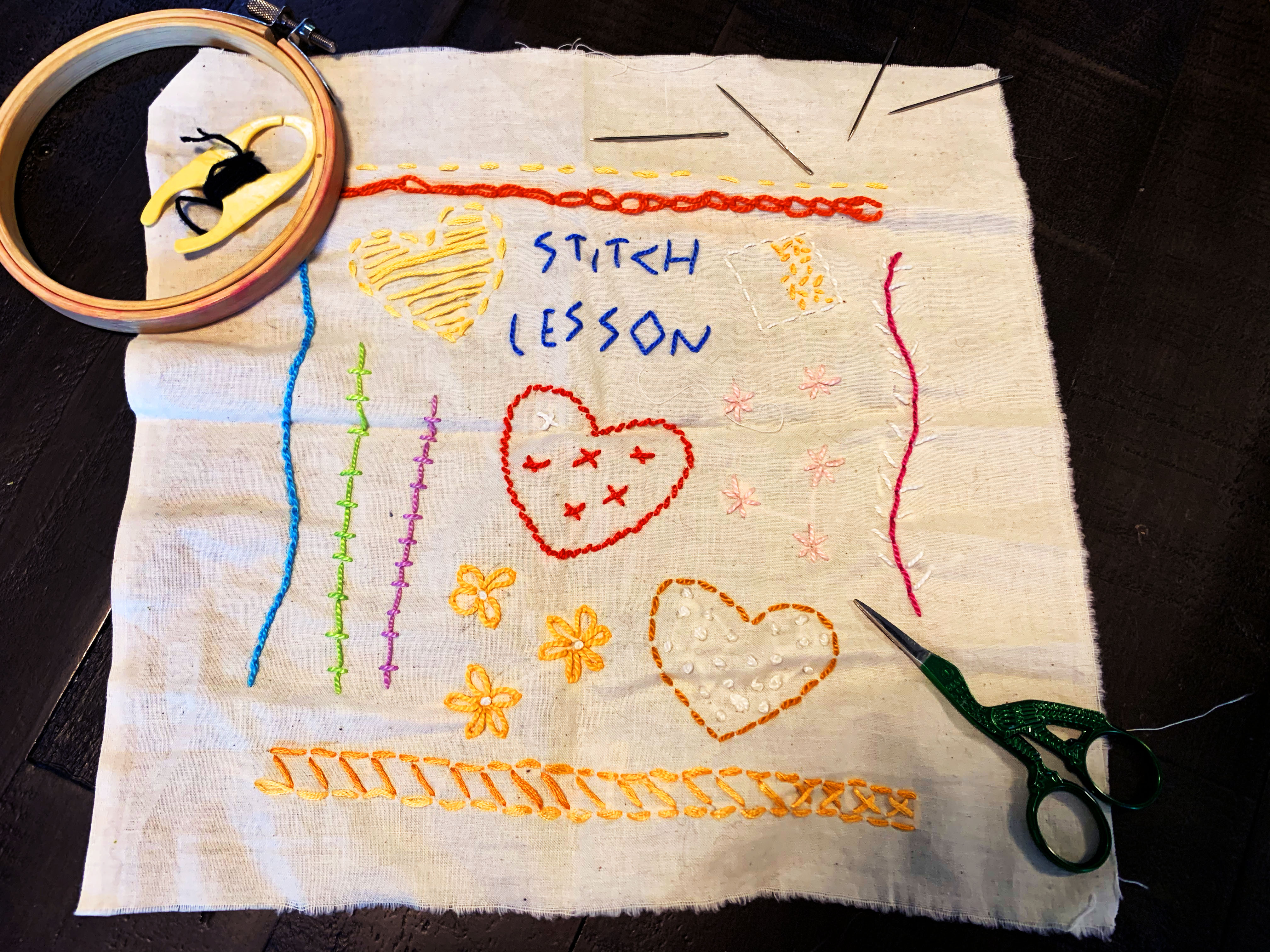Written by: Sierra Porter | Staff Writer
The Klamath River runs through the coastal states of California and Oregon — home to four large dams including JC Boyle, Copco No. 1, Copco No. 2 and the Iron Gate. These dams have damaging effects on water quality and have depleted salmon populations, which many local tribes heavily rely on.
Protests from local tribes and efforts from residents of Oregon and California have finally been recognized, and on Nov. 17, 2022, the Federal Energy Regulatory Commission (FERC) approved the surrender of their hydropower license in order to remove the four dams from Klamath River. The Biden administration, leaders of the four Columbia River Basin Tribes and the Governors of California and Oregon signed papers formally launching a $1 billion plan to restore salmon populations. This decision will allow for the largest dam removal project in United States history and ultimately has become a historical moment for the Pacific Northwest.
The project is already in motion as Copco No. 2, the smallest of the four dams, was the first to be removed this fall due to its size, location and lack of reservoir. The removal of Copco No. 2 has allowed for water to flow freely down the canyon which has not been touched by water since the dam’s construction in 1925. This was an extremely significant first step in the removal process and gives a promising glimpse at what’s to come.
Since the construction of these dams, many have felt they’ve done more harm than good. After more than 100 years, the dams along the Klamath have degraded water quality to dangerous levels for salmon and led to excessive growth of toxic cyanobacteria, commonly known as blue-green algae.
The removal of these dams will drastically improve the water quality, allowing Chinook salmon populations to increase up to 80% of what they were before the dam. Salmon is extremely important to many native tribes including the Yurok, Karuk, Shasta, Klamath and Hoopa Valley, who even refer to themselves as the “salmon people.” These tribes rely on salmon for food in addition to rituals and communal culture. For many tribes, salmon represents prosperity, fertility and abundance. The removal of these dams has opened the door for tremendous change and hope within these communities.
Klamath Justice Coalition Yurok tribe member, Annelia Hillman, says she “imagines a world where we live in harmony with the river,” and the removal of these dams encourages her to believe that this will once again be true. The Klamath Dam Removal Agreement is a long-awaited and well-deserved win for the tribes of the Pacific Northwest.
Removal of the last dams is scheduled for the summer of 2024 — stay updated with American Rivers.
Contact the author at howlstaffwriter@wou.edu




